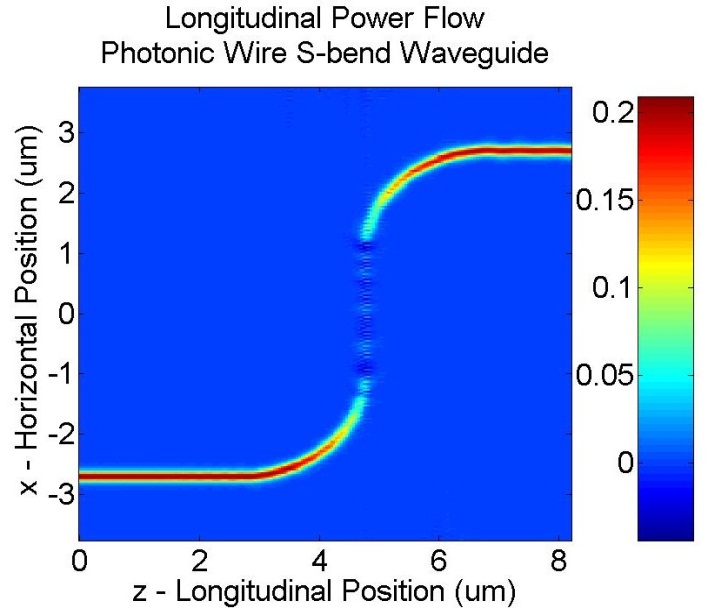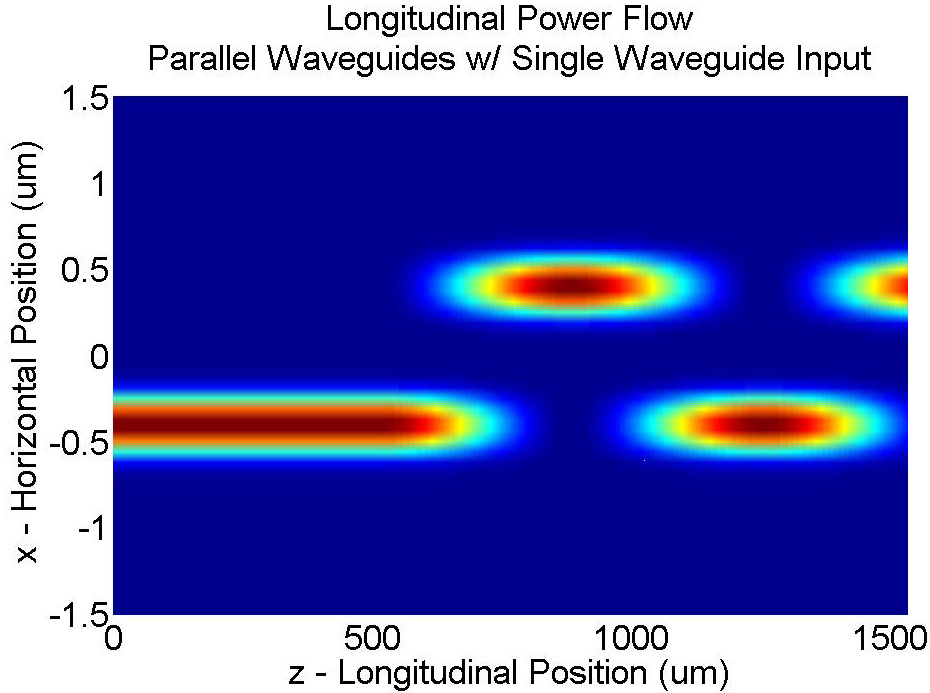OSE6125 - Computational Photonics
Computational methods for photonic guided wave structures, periodic structures, and integrated photonics structures and devices.
Credit Hours: 3 hours

Prerequisite: OSE-6111 or consent of instructor.
Learning outcomes:
Upon completion of this course, students will be familiar with the most widely used computational photonics techniques including: rigorous coupled-wave analysis (RCWA) frequency-domain eigen modes approach,, finite difference frequency-domain (FDFD), and finite difference time-domain (FDTD) methods:, students will be able to identify the computational method that is amenable to a specific class of photonic structures, and the method that should be avoided except in special circumstances and develop and use basic computational codes for a variety of realistic applications in integrated photonic structures.
Reference Materials:
- Class notes and selected journal papers
- “Optical Waveguide Analysis,” K Kawano and T. Kitoh, Wiley, 2001
- “Computational Electrodynamics: Allen Taflove and Susan C. Hagness, Artech House, 2005, (Third Edition)
- Any good “Mathematical Methods” textbook
Course Requirements and Grading Policy:
- Semester Projects 75%
- Final projects 25%
Course Outline:

Review of Electromagnetic Theory and Maxwell’s Equations
- Integral Maxwell’s equations
- Time–domain differential Maxwell’s Equations and the Wave equation
- Time harmonic Maxwell’s equation and Helmholtz Equations
Optical Waveguides
- Slab waveguides
- Multi-layer slab waveguides
- Numerical computations of the modes and field distribution
- Channel Waveguide and the effective index technique
Periodic Structures
- One and two-dimensional grating structures
- Modal Approach
- Rigorous Coupled-Wave Analysis (RCWA)
- Eigenmode formulation
- S-matrix approach in layered periodic structures
- Diffraction efficiency and field distribution within the structure
- Guide-mode resonant (GMR) devices
The RCWA in Integrated Optics
- The modal approach and effective medium theory
- Guide-mode resonant (GMR) devices
- Artificial periodic structures
- Perfect matching layers and absorbing boundaries
- Application to integrated waveguide output grating coupler
Finite Difference Analysis
- Finite difference approximations
- Taylor expansions for deriving math operators
- Absorbing boundary conditions, perfectly matched layers
- Eigenmode formulation
- Scattering matrices for discontinuities
Beam Propagation Methods
- FFT Beam Propagation Method (FFT-BPM)
- Finite Difference Beam Propagation Method (FD-BPM)
- TE and TM Formulations – equidistant discretization – mtability condition
- Transparent boundary condition
Finite-Difference Time-Domain Method:
- Discretization of the electromagnetic fields
- Yee grid
- Absorbing boundary condition
- Stability conditions, rate of conference, resolution, numerical artifacts